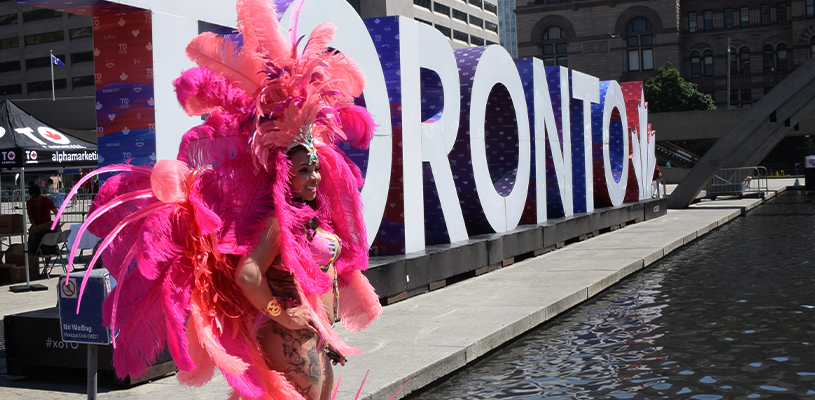Branding: “Working with what you have”

Most of us recognize the Nike swoop on athletic apparel and shoes or the just-as-famous I♥NY brand of New York City. But, you don’t need a logo or a clever saying to brand your hometown. It is branded because people have a perception about it already.
What comes to mind when you hear Calgary, Lunenburg, Inuvik, and Quebec City? When you visit these places, you are not disappointed. Your perception is based on the reality of the place, an authentic experience.
What does branding have to do with municipalities anyway? It is the first step to community economic development success. Branding helps your community to attract investment. Branding sets your community apart from its neighbours. Branding focuses on the key values that differentiate one location from another, giving your community a competitive edge.
Where to Start
In most cases, your brand already exists. Economic development professionals call it “working with what you have.” The first step, then, is to state your unique difference.
When it is stated – you own it. If you own it; promote it. It’s as easy as 1, 2, 3.
1. State it
“Stating it” requires community consultation and a compilation of the assets. It begins with leadership at the council table and facilitation with stakeholders, either by a consultant or staff member.
Your community will be much more than the brand, but don’t be persuaded into trying to encompass it all. Marketing professionals call that the “scatter gun approach” and, like a shotgun, your efforts go everywhere. Target your brand and message.
2. Own it
While stating the brand means you own it, does the entire community? Consultation is a method of achieving buy-in, but do the BIA, the chamber, the municipality, and other stakeholder groups all project the same branding message?
If you have really done a good job of branding your community, rest assured that a competitor will come after you. And if you’re not innovating at the height of your popularity, your community’s edge or advantage will be copied. Trademarking your brand is worth considering.
Stating it and owning it is the way to start. Finally, the branding message must be promoted.
3. Promote it
In traditional marketing, there were just four components of promotion: advertising, publicity, sales promotions, and personal selling. How times have changed. Websites, social media, special events, and more are part of the mix now.
But, something that has not changed is an approach called integrated marketing communications. Simply put, make sure all your communications reflect the brand. Stationery, website, advertisements, name tags, truck decals, and so on.
Websites are the most important promotional window to the soul of your community.
From an economic development point of view, your website should provide all the information needed for investors, tourists, and new residents to consider your community in their decision making.
Brand Making in the Global Economy
Do not be afraid to brand and promote your community. In this global economy, your prosperity depends on it. State it; own it; promote it. MW
✯ Municipal World Insider and Executive Members: You might also be interested in the full version of this article or in David Gingras’s article: Gimmicks and rubber ducks: Personal branding tools for municipal politicians. Note that you can now access the complete collection of past articles (and more) from your membership dashboard.
Linda Reader is a community economic development consultant who creates award-winning economic development and tourism projects for municipalities across Canada. Linda and her colleague Shirley Ai have been recognized with 15 awards for The Butter Tart Trail and other municipal community development projects.
Related resource materials:



